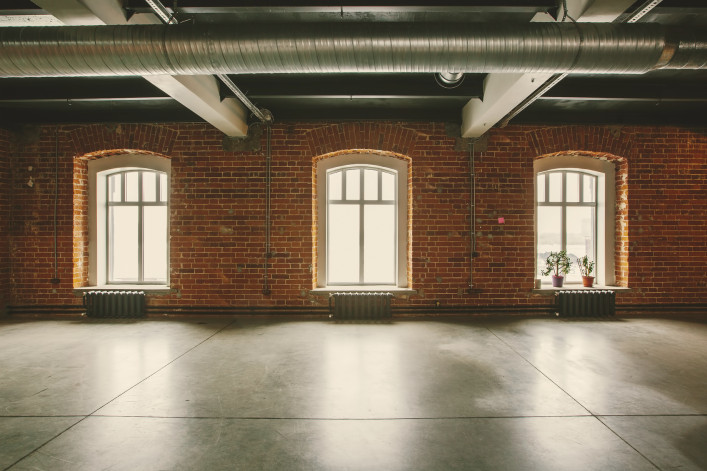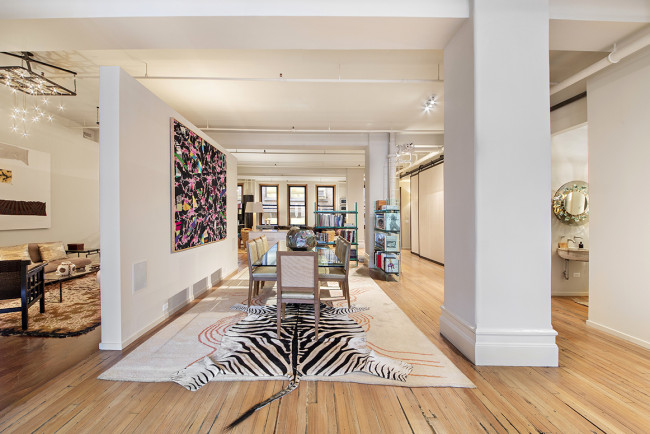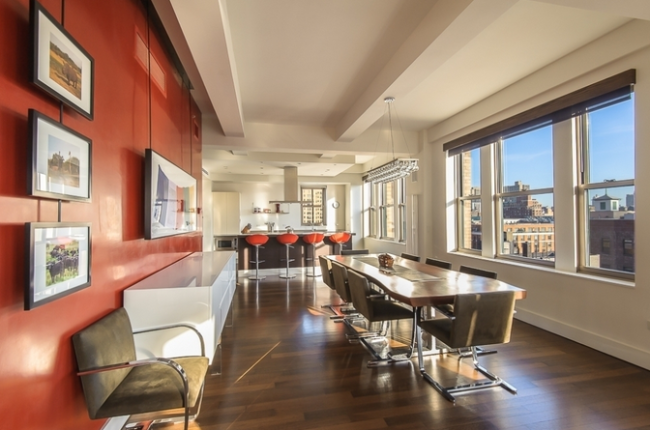What makes an apartment a "loft"?

Few things seem as quintessentially New York as a loft apartment. Though lofts only make up about 10 percent of Manhattan residential sales at any given moment, they have become highly sought-after prizes, and seemingly every NYC-based TV or movie character just so happens to inhabit a luxe-but-gritty loft in some old industrial building.
But what characteristics give an apartment status as a "loft"?
In the strictest sense, a loft is an apartment in a building that was formerly industrial, and as such, comes with a certain set of particular aesthetic and architectural characteristics. "A true loft is in a building that was built for industrial purposes," explains Douglas Elliman broker Lucy Aceto. "And industrial building standards are different than residential, so you tend to have higher ceilings, larger windows, thicker walls and floors, and the proportions are very open—these weren't divided up like traditional apartments."
Citi Habitats broker Carey Larsen, who specializes in these types of properties, says when she describes a property as a loft, "it's generally a large, open space with high ceilings." And they tend to have remnants that speak to their former industrial use, such as "high ceilings, exposed pipes, exposed beams." Aceto agrees: "Many of the details of the original industrial use were left to give the property texture."
However, each loft will be slightly different, and they aren't necessarily defined by a set checklist of features. "All those things are part of being a loft, but not every loft has to have those things," notes Larsen. "You're not going to find all of the same features. At it's base, it's a large, adaptable space."
Because of their size and flexibility of use, lofts originally became popular with artists who used them as combination living spaces and work studios. "Many artists moved into lofts and left the layout open so they could work in them," says Aceto. In fact, this trend became prevalent enough that in 1982 New York passed what's known as the "Loft Law" (more details on that here), designed to protect tenants living illegally in commercial buildings by giving them certain rights, and requiring landlords to bring the buildings up to residential code.
For this reason, you tend to find more lofts in neighborhoods that were once industrial but morphed into hubs for artists (think Soho and Tribeca, and more recently, Williamsburg and Bushwick), which would go a long way toward explaining their coveted position in the cultural imagination.
It would also explain why you see developers and real estate agents trying to fudge the definition.
These days, while you do see developers turning former industrial buildings into legitimate (albeit very high-end) lofts—for example, Williamsburg's The Mill Building, or 275 Conover Street in Red Hook—there are also plenty of listings out there that toss around the term "loft-like" for a dose of vicarious glamour.
"You have these properties calling themselves 'loft-like' that are kind of vague," says Larsen. "A lot are simply duplexes that have an elevated room or mezzanine, and people call them lofts. That could be another definition of loft, but it doesn't connote what most people think of when they think of lofts."
"A 'loft-like' apartment isn't really a loft, because it wasn't an industrial building," adds Aceto. "It might be an apartment that has high ceilings and larger windows and an open plan. But it's 'loft-like,' as opposed to a loft."
You Might Also Like


























